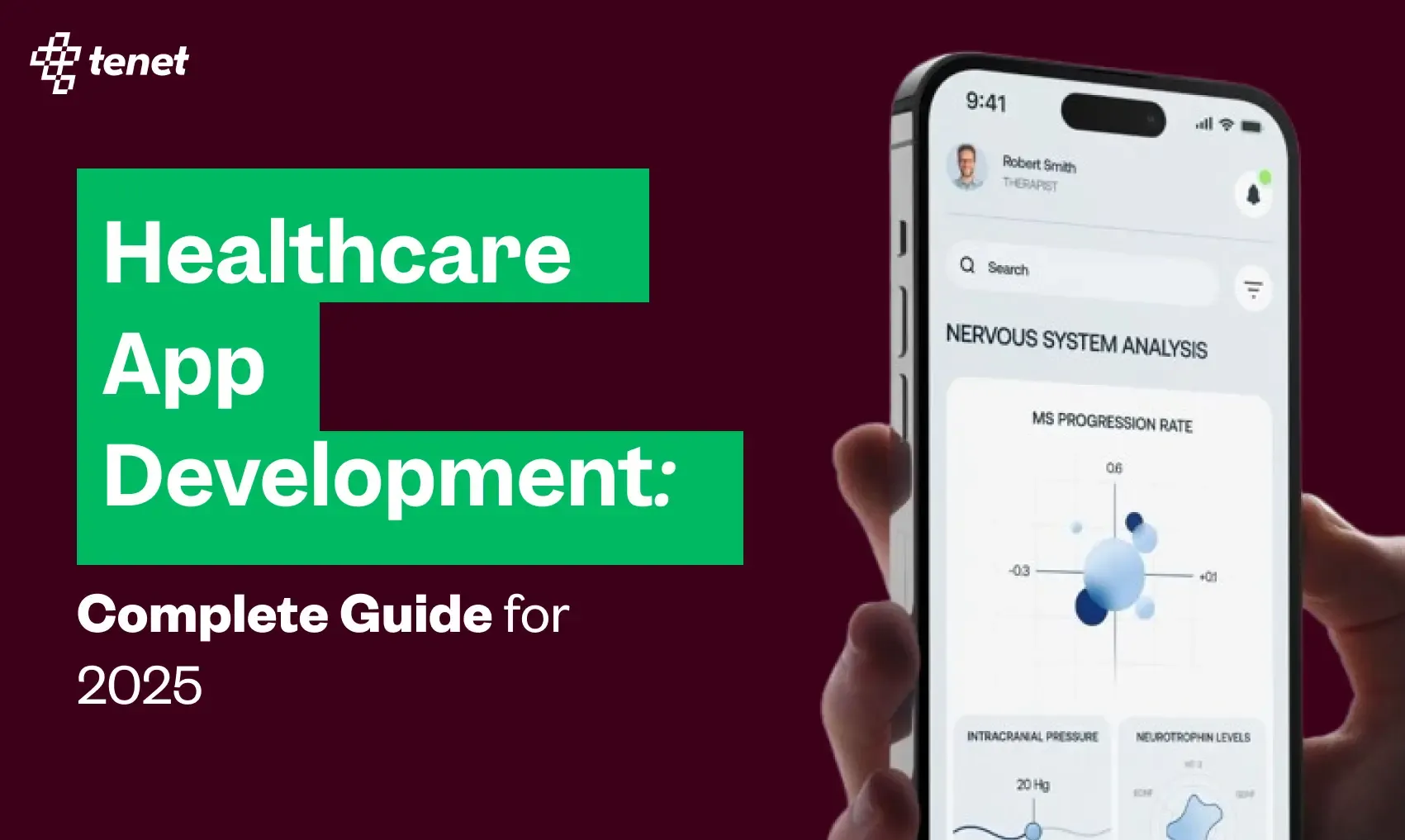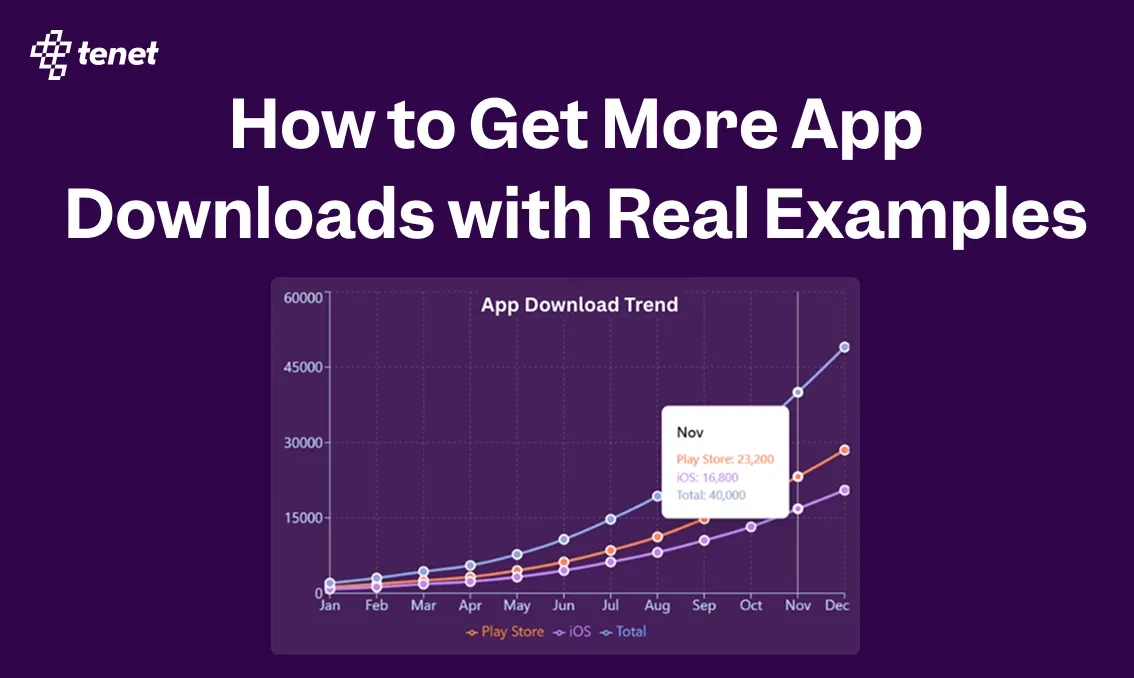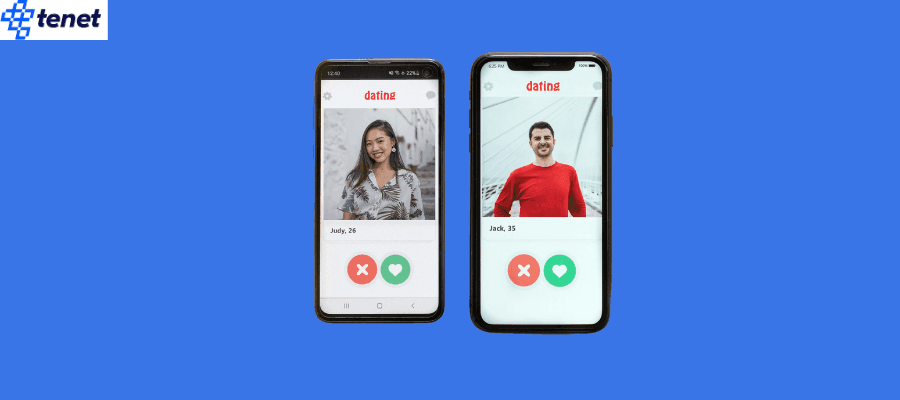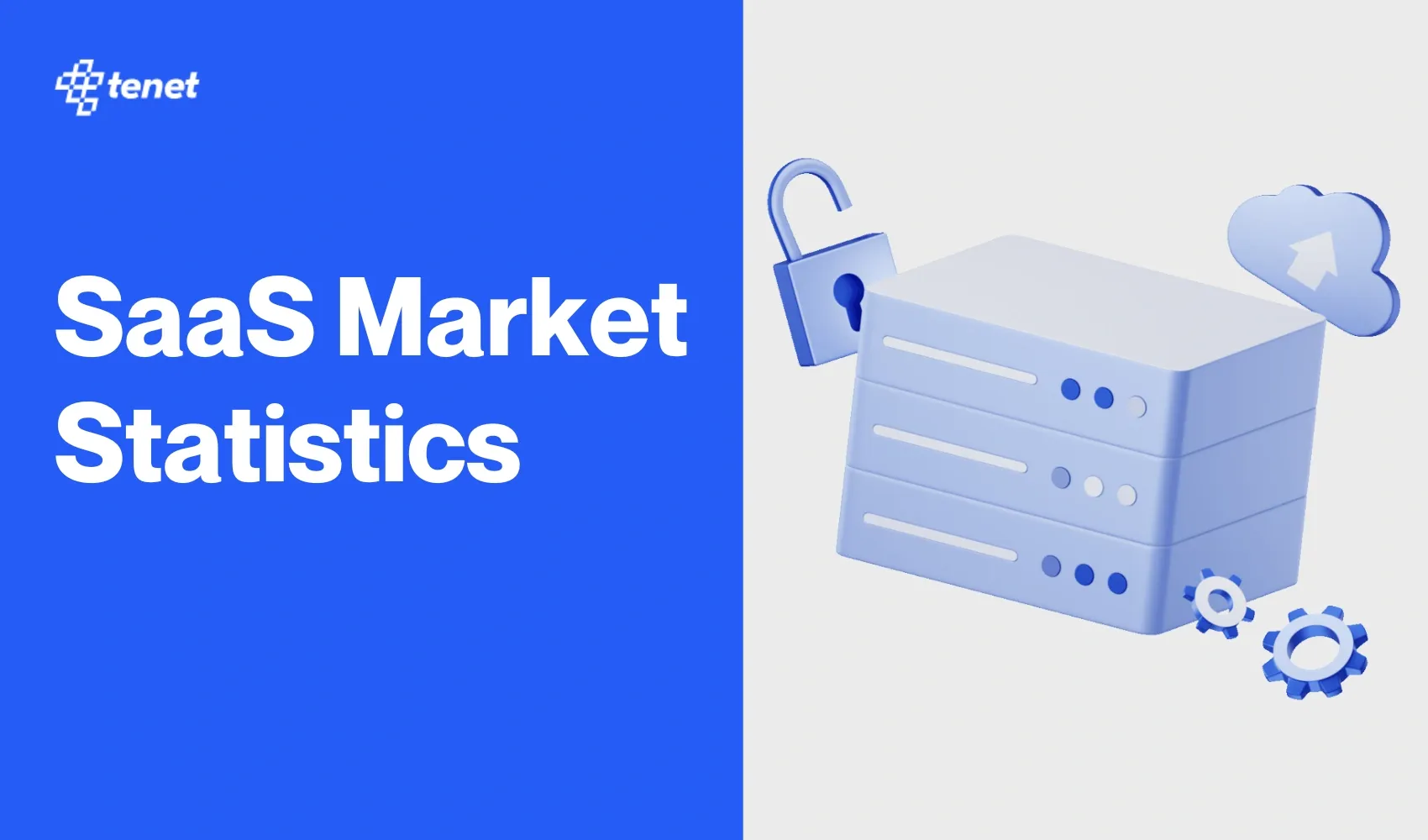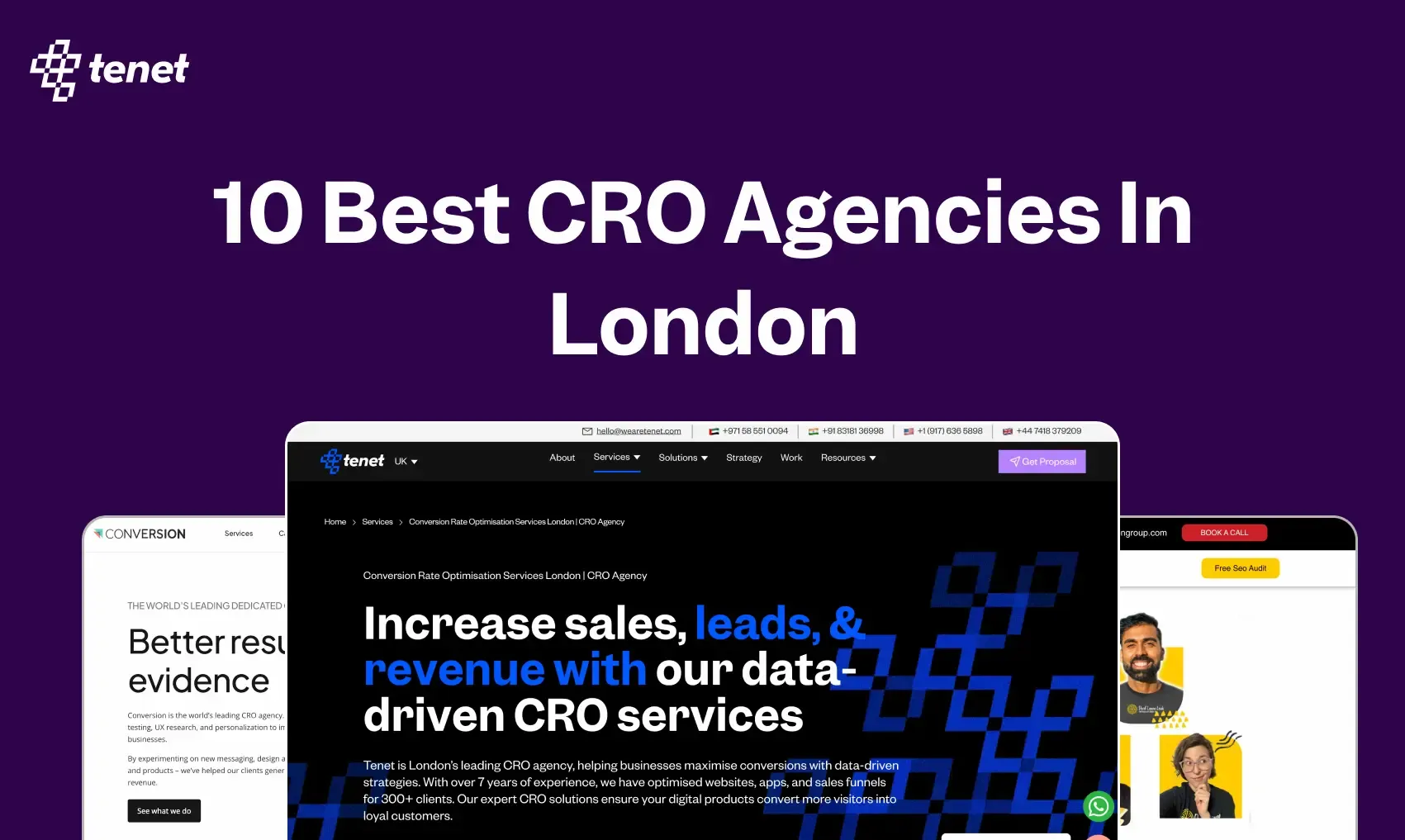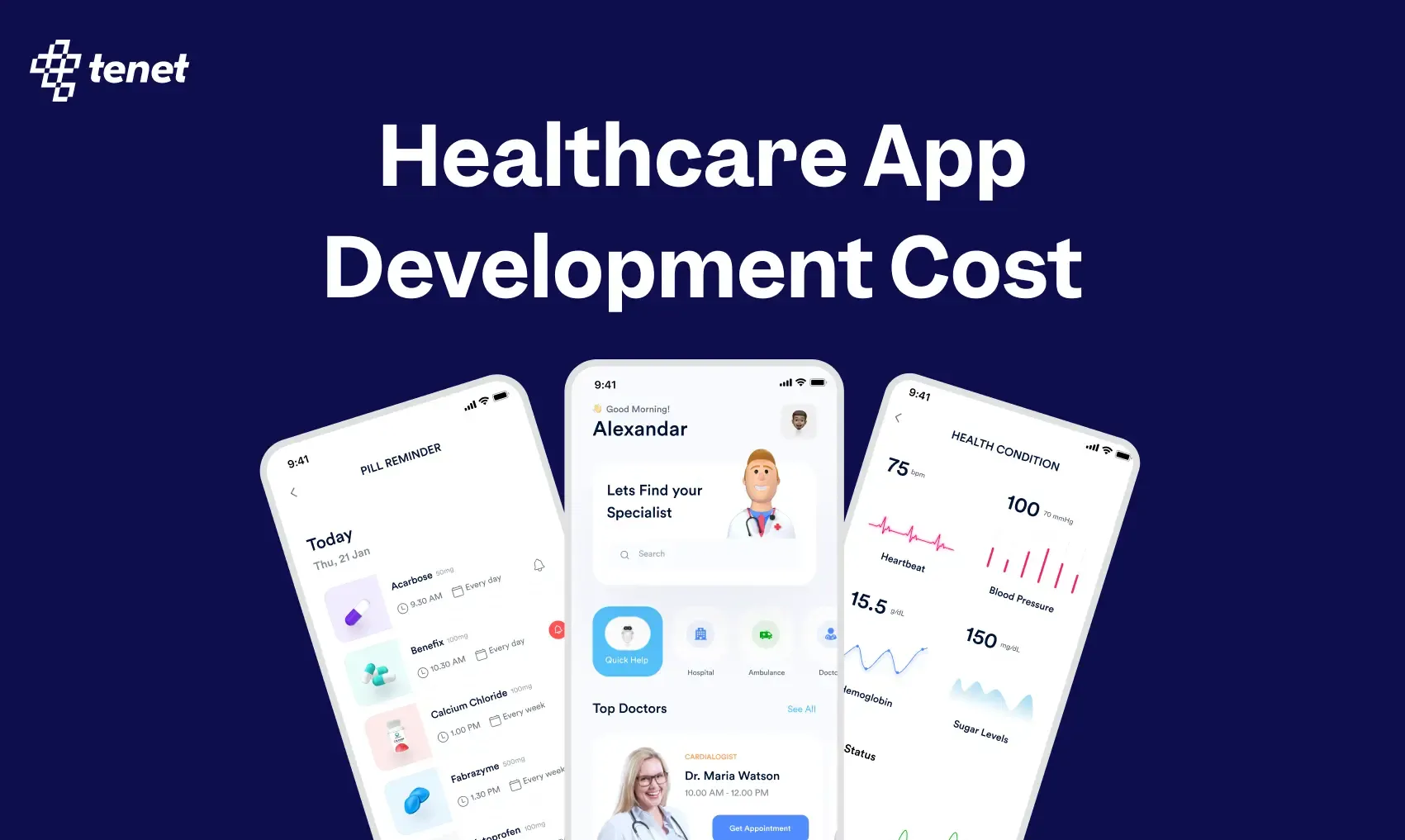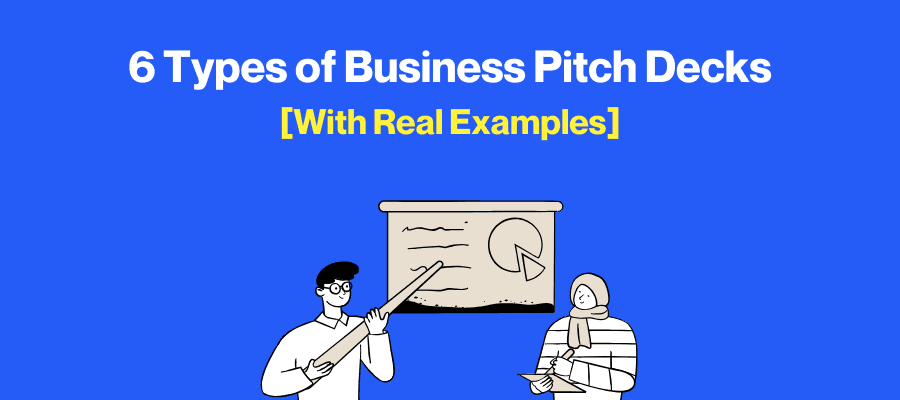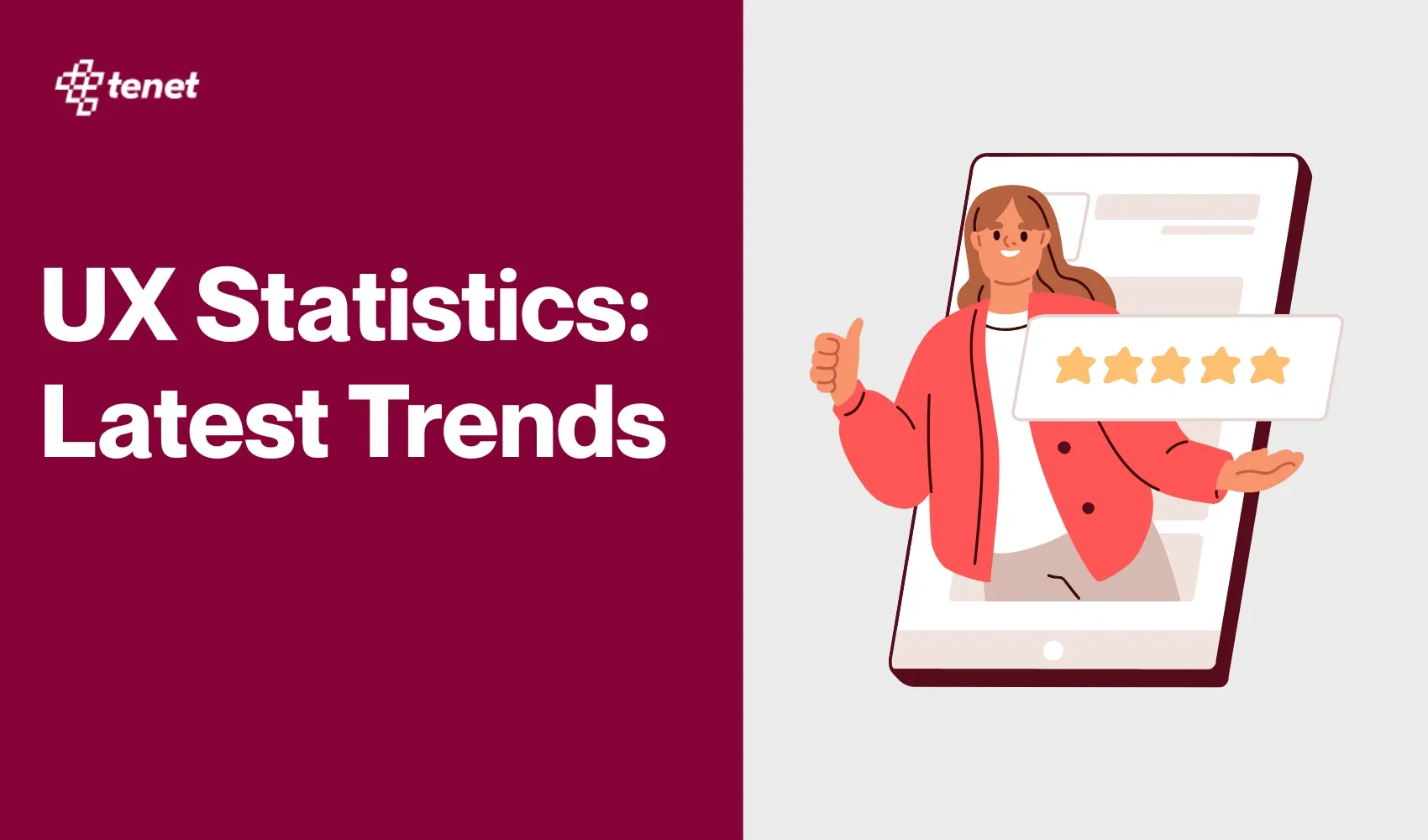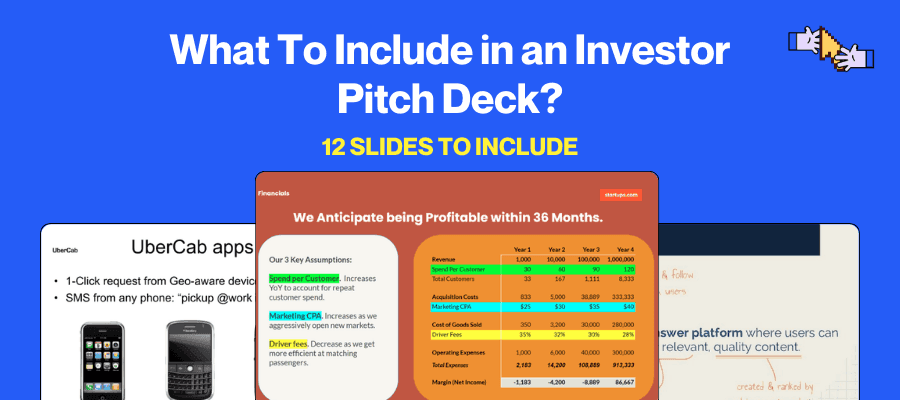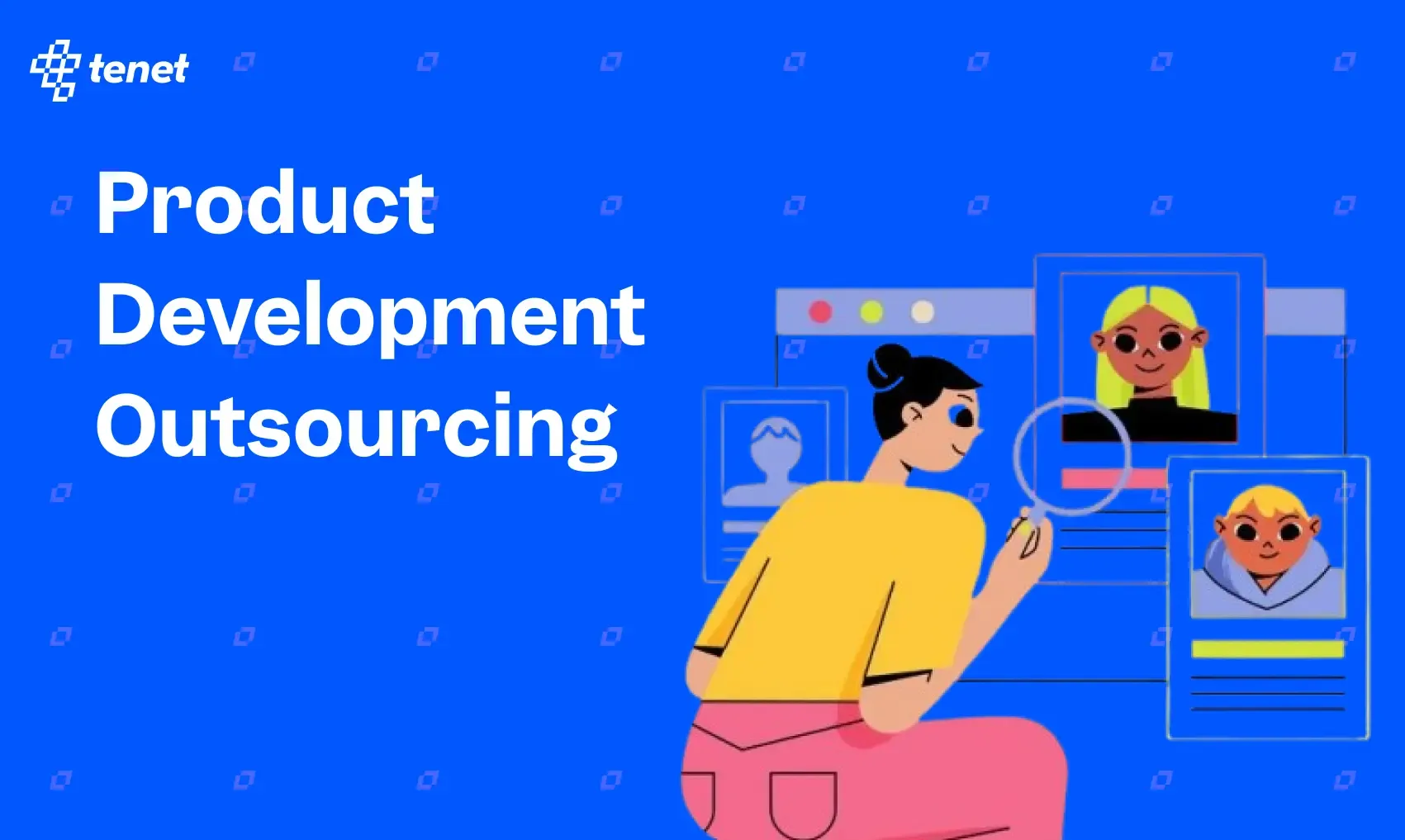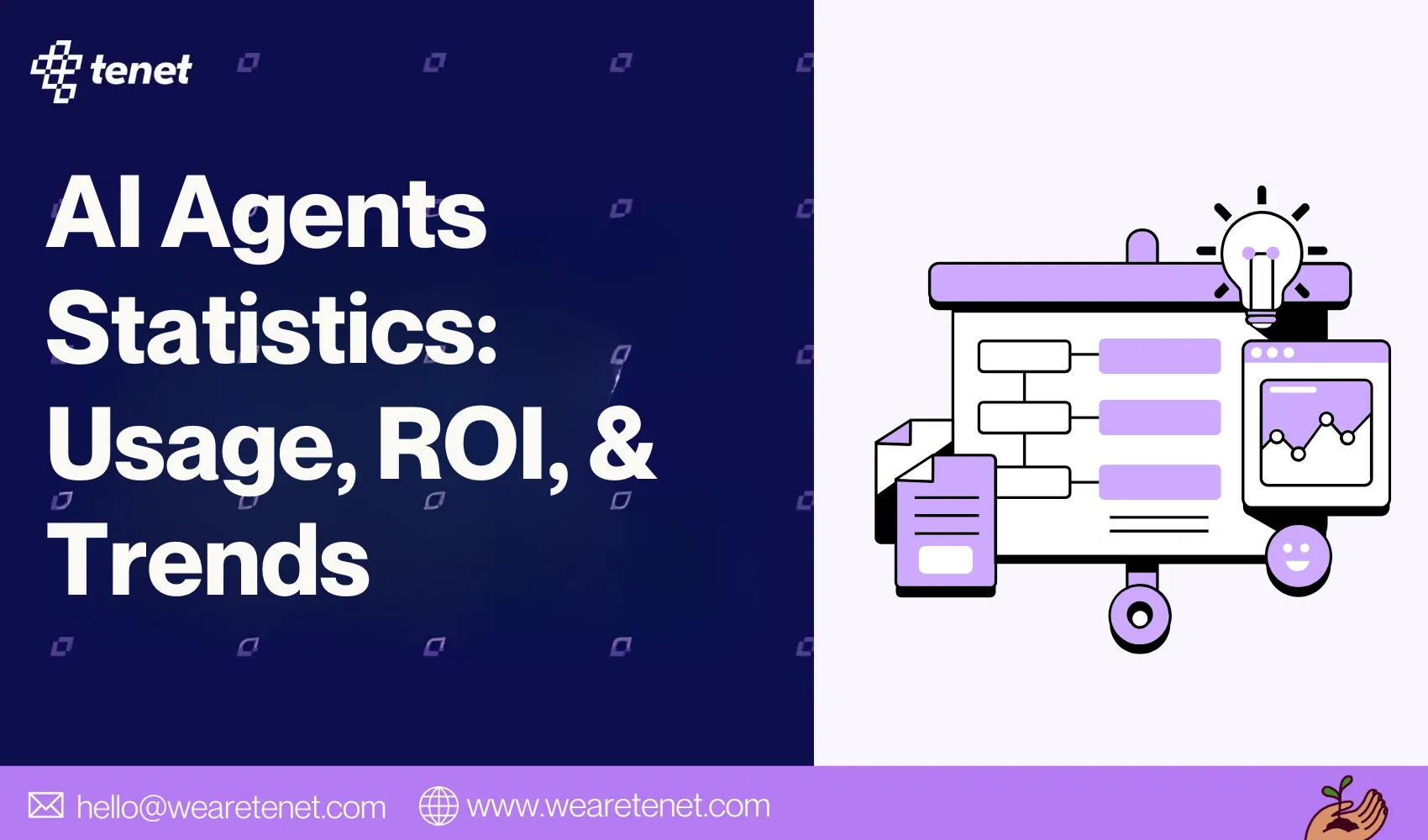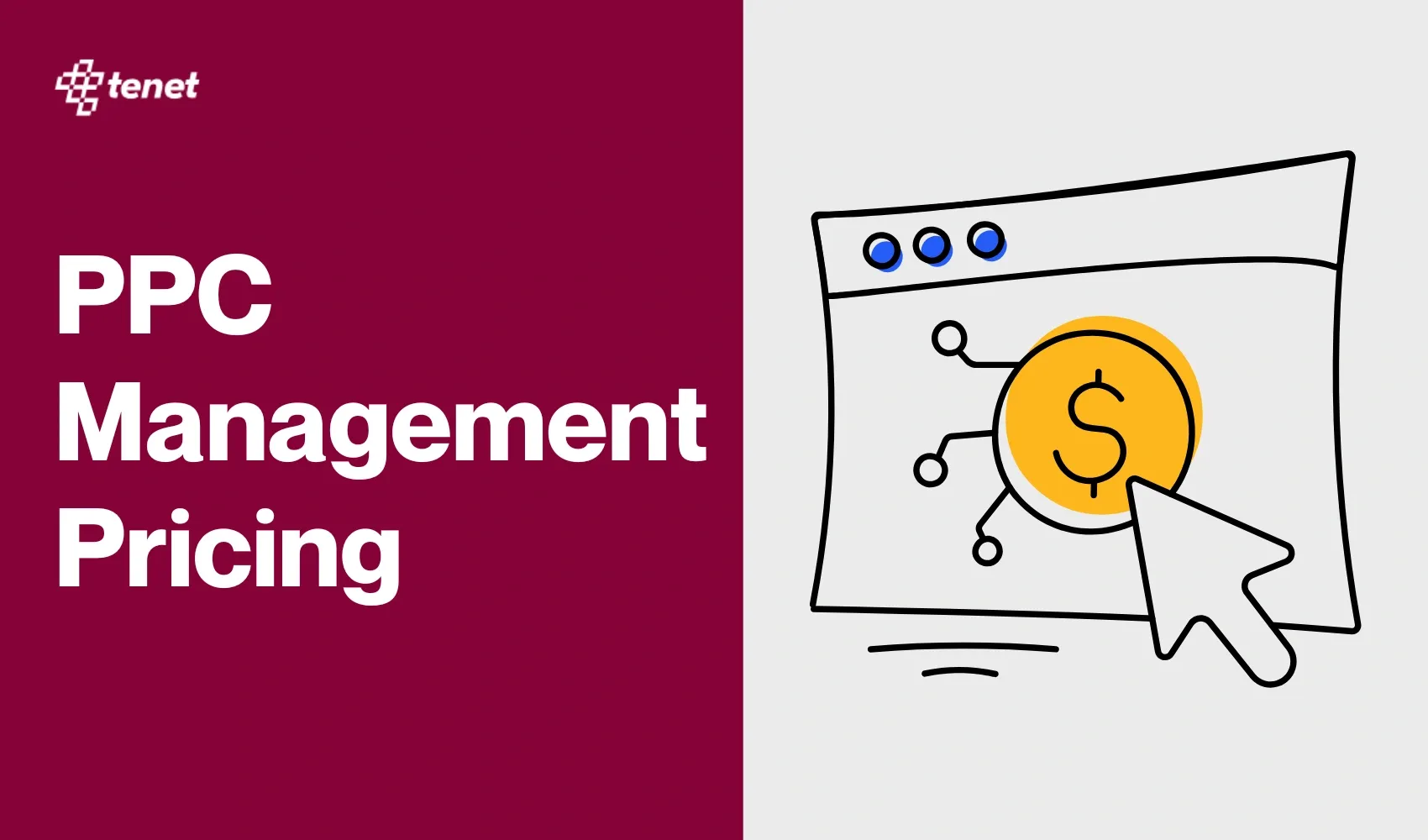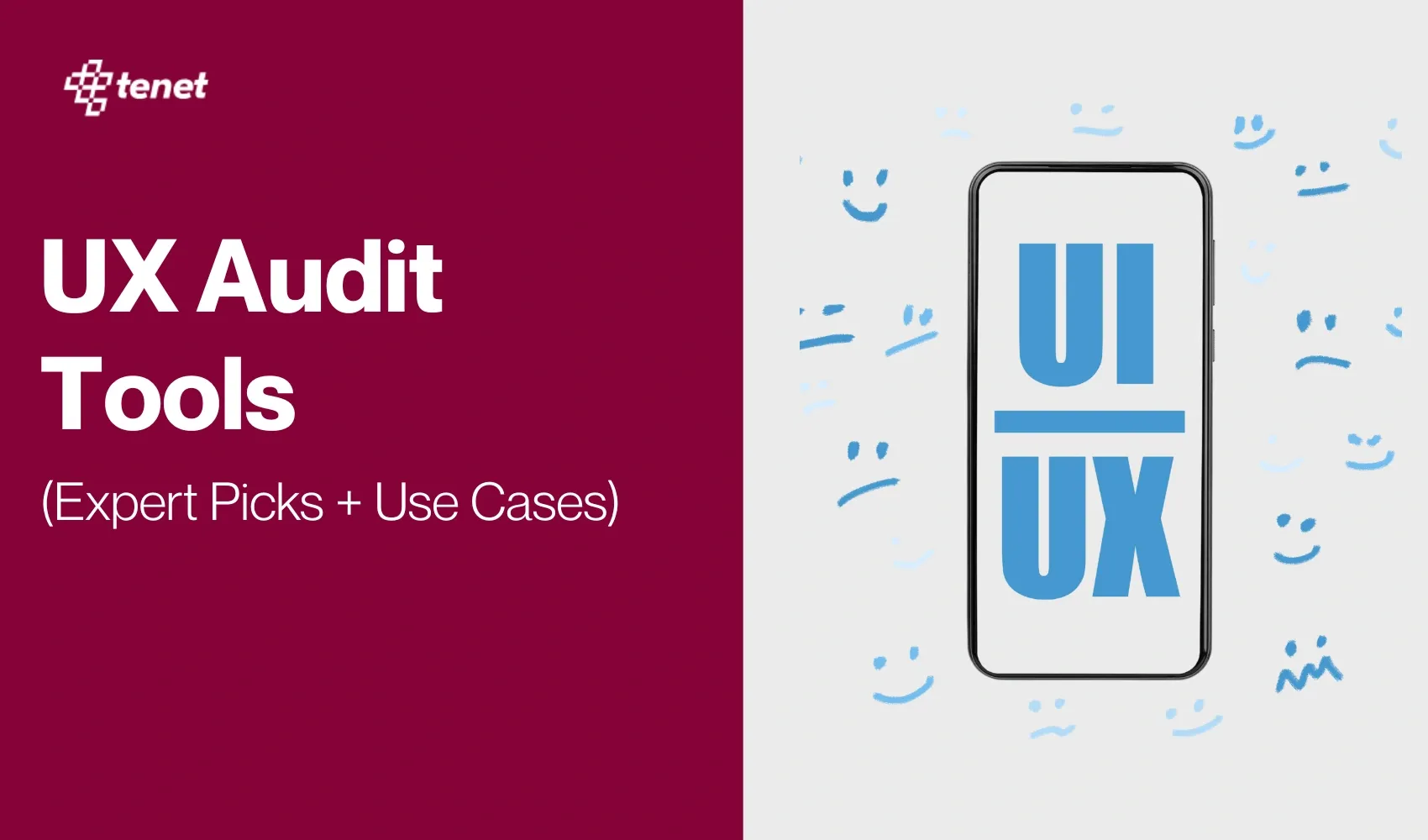How to Increase PPC ROAS: 13 Strategies Shared by Experts
Share
Share
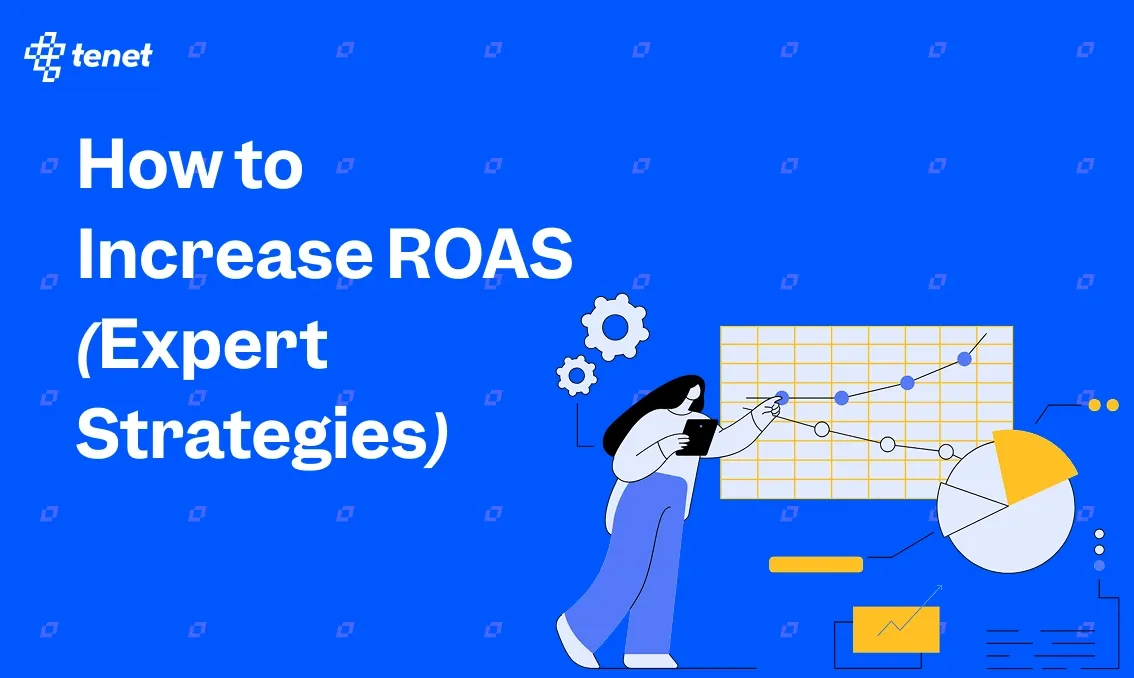
Get a quick blog summary with
Most advertisers face the same problem: ad spend goes up, but returns do not. High CPCs, wasted clicks, and poor targeting reduce ROAS and block growth.
In this article, 13 PPC experts share practical strategies to increase ROAS. These include cutting wasted spend, protecting branded campaigns, using precise keyword targeting, improving post-click experience, and segmenting by performance.
Each strategy comes from real campaigns and case studies, not theory.
If you want clear, expert-backed ways to get more revenue from every dollar spent on ads, here are 16 strategies that will increase your PPC ROAS in 2025.
What is ROAS in PPC?
ROAS in PPC stands for Return on Advertising Spend. It measures how much revenue you earn for every dollar spent on ads.
The ROAS calculation formula is: ROAS = (Revenue from Ads)/(Cost of ads)
For example, if you spend $1,000 and generate $5,000 in sales, your ROAS is 5:1 (500%). A higher ROAS shows better ad profitability and campaign efficiency.
BEFORE WE START:
If you are struggling to increase ROAS or manage PPC campaigns effectively, our PPC management service can help. Learn more about our PPC approach.
With our team, you get:
- Ongoing campaign optimization to cut costs and improve returns
- Keyword research and targeting to attract high-intent buyers
- Landing page and ad copy alignment for higher conversions
- Transparent reporting so you know where every dollar goes
👉 Get your free quote for our PPC management services
1. Clarify Goals Before Optimizing PPC Strategy
In a highly competitive PPC market, the first thing I always do is clarify the primary business goal by asking whether we are pursuing pure profit or profitable growth. This initial diagnosis determines the entire strategy for improving ROAS, as the correct approach varies depending on the answer.
If the goal is pure profit with a strict ROAS target and a lower emphasis on volume, the strategy becomes aggressive consolidation.
I systematically prune all underperforming campaigns, ad groups, and keywords/assets, refining the account to just the most efficient, core performers.
The goal is to stop all spending that does not meet the high ROAS threshold, ensuring the best return on every dollar spent, even if it means sacrificing overall volume.
Action items:
- Decide if your objective is to maximize profit at the highest ROAS or scale revenue while keeping ROAS within an acceptable range.
- Set numeric thresholds for decision-making, for example, pausing campaigns under 4:1 ROAS or scaling campaigns above 3:1.
- Run a full report segmented by campaign, ad group, and keyword to identify current performance levels.
- Pause or cut spending on all campaigns that do not meet your profitability goal if profit is the priority.
- Shift budget into top-performing campaigns and increase gradually by 10–15 percent per week if growth is the priority.
2. Protect Brand Presence with Branded Campaigns
In highly competitive PPC markets, I've found that maintaining strong branded search campaigns is absolutely critical for maximizing ROAS. During my time managing Google Ads for Longines in the competitive luxury watch market in Poland, we conducted a controlled test by temporarily pausing branded search campaigns to assess their true value. The results were striking — we observed a 38% drop in brand traffic conversions, and competitors quickly increased their bidding share by 14% on our brand terms.
Upon reinstating these campaigns, we achieved a remarkable 7.6x ROAS with CPCs nearly 60% lower than what we paid for generic category terms.
This experience confirmed that even in highly competitive markets, branded search campaigns remain one of the most cost-effective ways to protect your brand presence while delivering exceptional returns on ad spend.
Action items:
- Create branded search campaigns that only target your company name, product names, and common misspellings.
- Monitor impression share and competitor activity on branded terms each week.
- Increase bids on brand keywords if competitors begin outranking you.
- Write ad copy that reinforces trust and authority, such as “official site,” “authentic products,” and “fast delivery.”
3. Use AI to Dynamically Optimize Ad Headlines
In highly competitive PPC markets, I've found that using AI to dynamically optimize ad headlines based on real-time performance signals delivers significant ROAS improvements.
By implementing a system that automatically rewrites headlines according to time of day, device type, and query trends, we achieved a 22% increase in click-through rates over just two weeks without increasing our ad spend.
This approach allows us to stay responsive to changing market conditions while maintaining PPC management cost efficiency, which is crucial when competing for expensive keywords.
Action items:
- Set up responsive search ads with a variety of headlines and descriptions, at least 12 headlines and 4 descriptions per ad group.
- Use a mix of keyword-focused, benefit-driven, urgency-based, and brand-centric headlines.
- Allow Google’s AI to rotate and test different combinations across devices and times of day.
- Check asset performance ratings regularly, pausing weak headlines and expanding on the highest performing ones.
- Refresh ad assets quarterly to align with seasonal trends or changes in offers.
4. Improve Post-Click Experience for Higher ROAS
One thing I always look at is the offer itself and the money model on the backend, not just the ad performance. In competitive markets, the fastest way to improve ROAS is often not by tweaking the ad, but by improving what happens after the click.
If I can create a stronger offer and introduce an upsell and downsell, that usually lifts the average order value. Just that one change can make the entire funnel more profitable. A higher AOV gives me more room to spend, and a better offer typically leads to higher conversions, which brings down the CPA.
A great offer does most of the heavy lifting. It allows the ads to perform better without needing endless optimization.
Action items:
- Test landing page speed and aim for under three seconds on mobile.
- Make sure the landing page headline and CTA directly match the ad messaging.
- Remove distractions by limiting the page to one main call-to-action above the fold.
- Add upsells, bundles, or downsells to raise the average order value.
- Include social proof such as reviews, testimonials, and security badges to build trust.
- Run regular A/B tests comparing different offers, like discounts or free shipping, to find the highest conversion driver.
- Use heatmaps or session recording tools to see where users drop off and adjust page design accordingly.
5. Cut Wasted Spend with Precise Keyword Targeting
The one thing that always improves ROAS for me in competitive PPC markets is cutting wasted spend quickly. In one campaign, I moved the budget from broad match to exact and phrase match keywords, which lifted ROAS by 30 percent in six weeks. The results came because filtering out low-intent clicks directed the budget straight into traffic that converted.
Negative keywords play the biggest role for me. I update them every week because search patterns change.
In one quarter, adding new negatives saved around $5,000 in wasted clicks. That freed up budget for high-intent terms, so CAC dropped by close to 15%. It's not glamorous, but it makes a bigger difference than any creative test I have run.
Action items:
- Replace broad match keywords with phrase and exact match for high-intent searches.
- Review the search terms report weekly and pause terms with high clicks and no conversions.
- Maintain and expand a negative keyword list to block irrelevant queries.
- Exclude geographic areas with consistent poor performance.
- Monitor device performance and adjust bids downward for devices with poor conversion rates.
6. Segment Products by ROAS Performance
My "ROAS Segments Framework" has proven incredibly effective for improving return on ad spend, particularly when managing hundreds of SKUs in competitive markets.
I start by segmenting all products based on their historical ROAS performance, then strategically allocate budget to prioritize the proven winners. This ensures advertising dollars flow to products that actually convert.
For products with break-even or negative ROAS, I implement what is called a "filler strategy" — creating a shopping campaign with a modest ROAS target around 40%, paired with a dedicated Performance Max campaign set at our ideal target ROAS.
This segmentation method works consistently across nearly all our campaigns, allowing us to maximize overall performance while still maintaining visibility for our full product range. The key is letting data drive budget allocation rather than treating all products equally.
The catch is to keep ROAS targets about 15 to 20% lower than what the individual segments are achieving.
Once you have scaled this way, the next step is to implement Profit Margin data at the product level and use the same strategy to drive your budget allocation by your actual profit margins.
Action items
- Export SKU-level data for the last 90 days and sort by ROAS.
- Divide products into high performers, break-even products, and underperformers.
- Increase the budget for high-performing products.
- Move break-even products into campaigns with low bids to maintain visibility without overspending.
- Pause low performers or re-test them with new pricing, creatives, or offers.
- Incorporate profit margin data into the segmentation so that spend allocation reflects profitability, not just ROAS.
7. Build Single Keyword Ad Groups for Relevance
In highly competitive PPC markets, one strategy I always use is building single keyword ad groups (SKAGs). Many advertisers prefer larger ad groups for efficiency, but I've found that in competitive spaces, broad setups dilute relevance and drive up costs.
For example, I managed campaigns for a B2B SaaS company where the average CPC was well over $20. Instead of lumping dozens of related terms into a single ad group, we isolated the top-performing, high-intent keywords into SKAGs. This allowed us to write highly specific ad copy that mirrored the search query and direct traffic to equally focused landing pages.
The tighter alignment improved Quality Scores, which lowered CPCs. Within 2 months, ROAS improved by 30% without increasing overall spend.
If you're considering SKAGs, start with a handful of your highest-value keywords rather than trying to restructure everything at once. Build ads that echo the exact phrasing of the keyword, and make sure the landing page reinforces that same message.
Action items
- Identify a set of 5 to 10 high-intent keywords with strong conversion potential.
- Create one ad group for each keyword using exact and phrase match.
- Write ad copy that mirrors the keyword exactly in headlines and paths.
- Direct users to landing pages that repeat the keyword and match intent.
- Track quality score for each SKAG and expect improvements in CTR and CPC.
- Add more SKAGs only after the initial ones show stable results.
8. Exclude Underperforming Assets to Boost ROAS
One thing I like to do to improve ROAS is to look at underperforming products/keywords and exclude those. For example, I look at the last 90 days of keywords and products that had over 100 clicks and no conversions or performed way below the target.
These non-converting assets are either paused or moved to experimental campaigns where we can test different landing pages, pricing structures, or bidding strategies. This approach almost immediately improves return on ad spend by redirecting budget from wasteful spending to higher-performing opportunities.
Action items
- Review 90-day performance data to find keywords and products with at least 100 clicks and no conversions.
- Pause these assets immediately to stop wasted spend.
- Move them into experimental campaigns with lower bids if you want to test different offers or creatives.
- Reallocate the saved budget to campaigns and products that are proven to convert.
9. Hyper-Segment Ad Groups and Test Creatives
In highly competitive PPC markets, the best way to improve ROAS is to hyper-segment ad groups and continuously test your creative.
Instead of a single, generic ad group for a broad term, I build micro-segments based on user intent and long-tail keywords.
For example, a search for "best running shoes for flat feet" or "women's trail running shoes near me" would each have its own dedicated ad group. This level of targeting means the ad copy is perfectly aligned to the user's need, and therefore, click-through and conversion rates go through the roof.
Beyond that, I'm always testing new ad creatives with different calls to action, ad formats, and value propositions.
Action items
- Break down broad ad groups into highly specific intent groups.
- Create ad copy that directly mirrors the user query for each group.
- Launch at least two or three ad variations per group to test different hooks, offers, and CTAs.
- Replace low-performing creatives every two weeks and add new variations.
10. Optimize Ad Scheduling for Consistent Results
There is no better way to increase ROAS in competitive PPC markets than to cut wasted spend at dedicated hours that consistently fall short.
In one campaign where the budget was $2,000 per month for a niche retailer, conversion rates fell to 0.5% between midnight and 5 a.m. while the same ads generated 1.7% during the afternoon.
So stopping ads during that low window saved about $55 per month. Though small, the savings left more room in the budget for more aggressive hours and helped revenue increase from $3,100 to $3,450 in four weeks without any ad copy or targeting adjustments.
Action items
- Pull performance reports by time of day and day of week.
- Identify hours with consistently low conversion rates and turn ads off during those windows.
- Increase bids for hours and days with proven strong conversion rates.
- Use scripts or automated rules to apply bid adjustments so schedules are maintained consistently
11. Leverage Search Console Data for Targeted Campaigns
One strategy I consistently implement to improve ROAS in competitive PPC markets is leveraging Google Search Console data to identify untapped opportunities.
I pull weekly query reports and specifically look for terms with clear commercial intent but low click rates, which often represent valuable but overlooked conversion paths.
These insights allow us to create highly targeted ad groups that address specific customer needs while simultaneously preventing keyword cannibalization across campaigns.
Action items
- Export query data from Google Search Console every week.
- Highlight queries with high impressions but low click-through rates and clear commercial intent.
- Add these terms to Google Ads as phrase or exact match keywords.
- Build ad groups around these new terms and write copy that directly addresses the query.
- Ensure each keyword is mapped to the correct campaign to avoid overlap and cannibalization.
12. Target Bottom-Funnel Keywords in Competitive Markets
I always focus on tightening search intent by using specific bottom-of-funnel keywords rather than broad terms in competitive PPC markets.
For example, targeting phrases like "SEO expert for dentists in Montreal" instead of general terms has consistently improved our click-through rates and quality scores while simultaneously reducing cost per click.
This approach not only improves ROAS metrics but also attracts higher-quality leads who are further along in their decision-making process. The specificity helps cut through the noise in crowded markets where broader terms often lead to wasted spend.
Action items
- Perform keyword research specifically for purchase intent queries, including “buy,” “hire,” “near me,” and “pricing.”
- Add these as exact and phrase match keywords and bid more aggressively on them.
- Write ad copy that emphasizes urgency and trust factors such as money-back guarantees or same-day service.
- Direct these keywords to highly optimized landing pages with testimonials, clear pricing, and strong CTAs.
👉 Learn how to combine SEO and PPC to maximize your ROI
13. Implement Microboost Testing Before Scaling Campaigns
In highly competitive PPC markets, I implement a microboost testing strategy where we invest just $1-$5 per day across various content types to identify which performs best before scaling. Once we discover which content significantly outperforms the rest, we strategically increase spend behind those winners while continuing to test new variations.
This creates a sustainable approach that keeps our acquisition costs lower while maximizing return on ad spend. The key is patience with initial small-scale testing rather than immediately deploying large budgets across unproven campaigns.
Action items
- Launch 3 to 5 creatives across different formats such as video, carousel, and static with very small daily budgets.
- Run each test for seven to ten days to gather data.
- Pause poor-performing ads quickly and keep only top performers.
- Increase the budget for winners gradually by 20 to 30 percent every five to seven days.
👉 Explore our recommended PPC companies by location
- Best Google Ad Agencies in Dubai
- PPC Management Agencies in Dubai to Hire
- Google Ads Agencies in the UK
Final words
Improving ROAS is not about one quick fix. It requires consistent actions across targeting, bidding, creative testing, and post-click optimization.
The 16 ROAS increasing strategies shared here by PPC experts highlight proven ways to reduce wasted spend, protect brand traffic, segment campaigns, and maximize every advertising dollar.
If your ads are not delivering enough return, apply these expert-backed methods step by step. Track results, adjust budgets, and let data guide your decisions. By focusing on efficiency and precision, you can increase ROAS, lower acquisition costs, and scale campaigns profitably in 2025.
👉 Start with one or two strategies today and build toward a stronger, more profitable PPC account.
Struggling with low ROAS? Let Our PPC Experts Help
Struggling with low ROAS? Let Our PPC Experts Help

Got an idea on your mind?
We’d love to hear about your brand, your visions, current challenges, even if you’re not sure what your next step is.
Let’s talk




